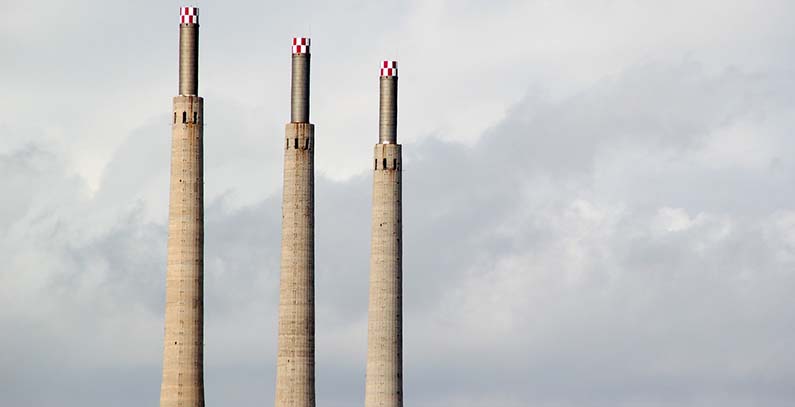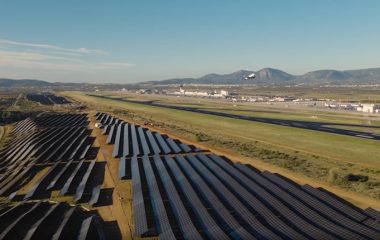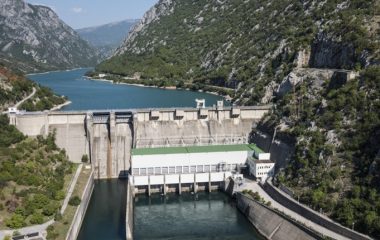
The Romanian Energy Regulatory Authority or ANRE decided to withdraw licences for three units controlled by Electrocentrale Bucureşti SA. Their total power capacity is 650 MW. The thermal facilities are equipped also for heating, as is one other system, located near the border with Serbia and Bulgaria, which also lost its permit.
In a statement from the meeting, held on November 20, the supervisory body revealed it revoked the licence for CET Halânga from Drobeta-Turnu Severin, which was run by the failed Regia Autonomă pentru Activităţi Nucleare RA (RAAN). The entity, also known as Romanian Authority for Nuclear Activities, makes heavy water as well. The unit’s power capacity in question is 225 MW.

ANRE’s chief Dumitru Chiriţă recently said electrical energy installations with a nominal size of 1.1 GW in total would be scrapped immediately. It compares to the 875 MW altogether in thermal cogeneration plants in the latest move. Apparently, the disputed systems only exist on paper, including the said parts of the combined heat and power provider from the capital city of Bucharest. It also goes as Elcen.
It would mean the country’s statistical power generation capacity is slipping below 20 GW, in the words of the panel’s president. He claimed at the time that the facilities in Borzeşti in Oneşti in Bacău county would be next. They are also bankrupt. Chiriţă announced in August that 3.8 GW is identified for writeoff and added it would be executed by the end of the year.
He has asserted Romania’s real capacity is in the vicinity of 16 GW while that much of the rest doesn’t even physically exist anymore. The analysis is being conducted together with the Ministry of Energy.
Utilization last peaked in February of last year at 11.34 GW. On September 20 it touched the lowest point in modern history, at only 4.19 GW, Transelectrica’s data showed. The Eastern European country has been a net importer of electricity since July and it is well on the way to land with a gap for the whole year, according to reports from operations.

















Be the first one to comment on this article.